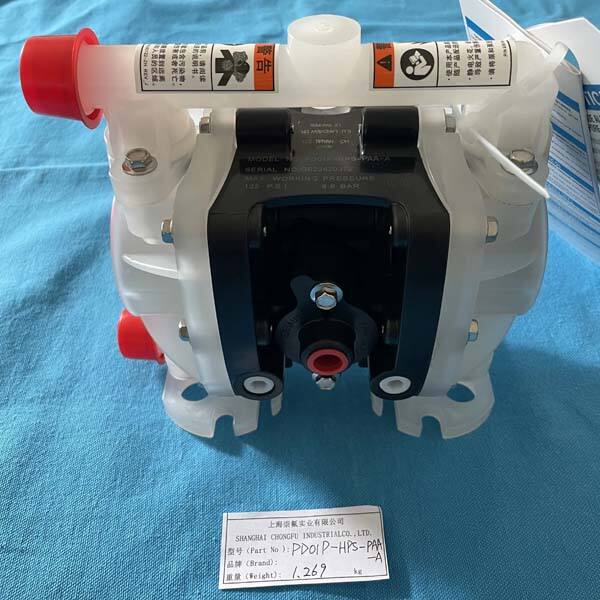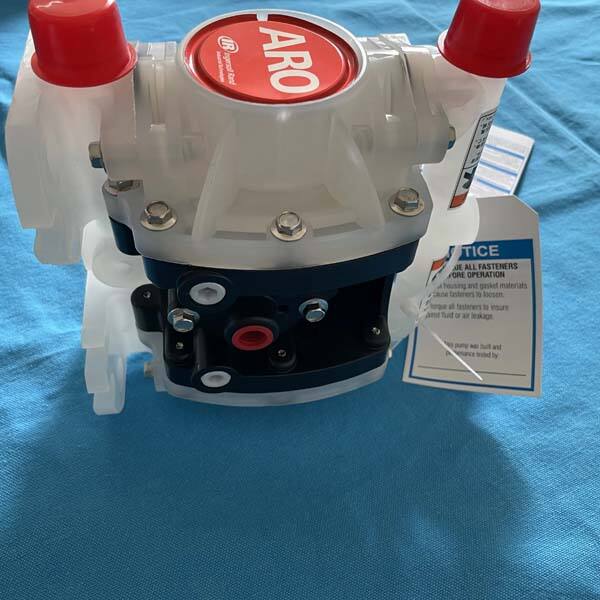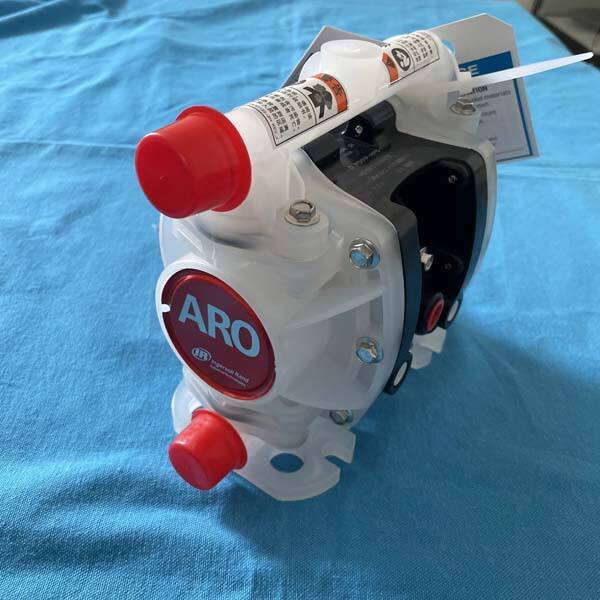Diaphragm Pumps Special pumps can be used to move liquids from one location to another, and they are called diaphragm pumps.In this article, we will talk about diaphragm pumps, how they work, why they are useful, and how to take care of them. Let’s get under the water and check out the wide, wacky underwater world of diaphragm pumps!
Diaphragm pumps are devices that move fluids with a special rubber diaphragm that push and pull liquid through a system of pipes. They are frequently used in applications where other pump types, such as centrifugal pumps, will not work as effectively. Diaphragm pumps are extensively used and very versatile and find compact versions also used in the instrument,bio-tech and medical fields.
A diaphragm pump operates by using a rubber diaphragm to move up and down and force liquid through the pump. When the diaphragm moves in the other direction, it creates a vacuum, drawing liquid into the pump. Then, when the diaphragm moves the other way, it pushes the fluid out of the pump and into the hoses and where you need it to go. This cyclical movement produces a consistent stream of liquid, that is ideal for various workings.

The diaphragm pump has numerous benefits. For some applications, one of their greatest benefits is their ability to pump thick or sludgy liquids that other pumps might lose efficiency over. Diaphragm pumps generally tend to have long life and work for long without frequent maintenance. They are also extremely adaptable and can be used in a range of industries and applications.

Diaphragm Pumps Application And Use There are so many uses for diaphragm pumps in many different situations and industries. For instance, you’ll find them frequently used in agriculture to pump water or fertilizer through irrigation systems. They may also be used in the mining industry to slurry and wastewater. Diaphragm pumps are also used in the manufacturing industry to move chemicals and other liquid through a production process line. Diaphragm pmps are a proven and effective method to transfer liquid in just about any application you can think of.

Regular maintenance on your diaphragm pump ensures it works properly. This will involve examining the diaphragm for holes or tears, ensuring the valves are shut, and keeping the pump clean. Regularly checking the pump and replacing worn or damaged parts is also a smart practice. If you maintain your diaphragm pump well, it will last for years.